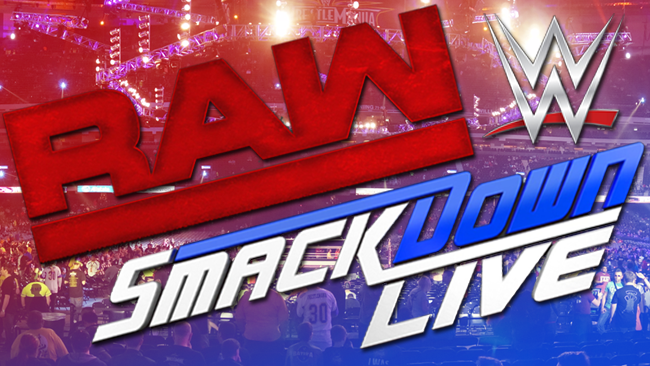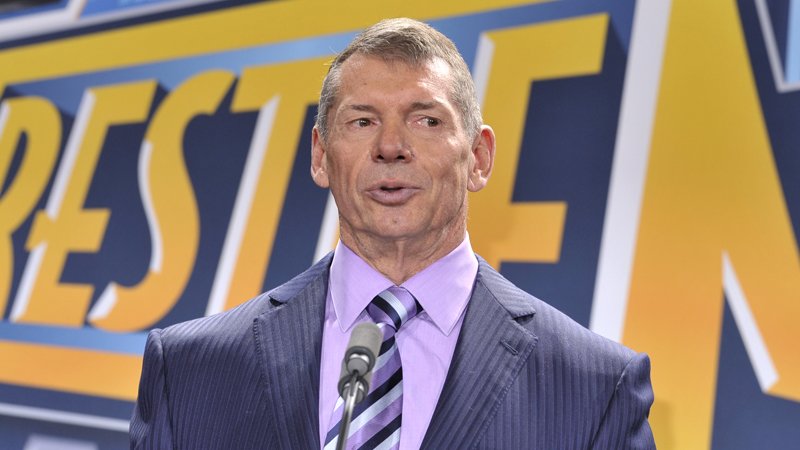
The Wild Card rule was introduced by Vince McMahon around early May. If you’re not yet familiar with the concept – it basically means that any four superstars from RAW or SmackDown can appear on the opposing brands show once a week. The idea wasn’t met with great reception and even in implementation, it has proven to be anything but a good idea.
Here’s one of the problems – not only is it overworking superstars, but it’s leading to complete oversaturation and overexposure too. It’s also beginning to completely kill off the entire concept of the brand split, something that has been done before.
Now, WWE hasn’t acknowledged the backlash that it received from fans, instead choosing to highlight it as a “genius” idea. In a little over a week, the entire idea proved to be a bad one with superstar repetitively appearing on the opposite brand. More than anything, it takes away the novelty from the brand split, something that hasn’t even reached 3 years in its second attempt.
Not only is it causing problems on screen, but there are reportedly problems backstage as well. RAW and SmackDown used to have two creative teams entirely separate, which helped create a distinct sense of identity and ensured that they didn’t look the same. In 2019, Vince McMahon abandoned that idea and clamped the entire 33-member creative team together.
Now, it’s very evident that history is repeating itself and the Wild Card rule isn’t necessarily the “beginning of the end” of the brand split, but it could be the move that kills it entirely. The entire concept of the brand split is that superstars are separated into two different brands and the only time they really interact is at Survivor Series. They could interact backstage, but the entire specialty about it lied in the fact that there were only four PPVs in a year that wasn’t brand-exclusive.
When that was the case, any form of crossover between RAW and SmackDown became exciting and superstars from SmackDown in the past openly stated that there was a real “competitiveness” between creative teams and superstars in trying to prove which was the better brand. Now, with superstars just freely appearing between brands, the crossover specialty is gone and WWE didn’t even take particularly long to end the “brand-exclusive PPV” concept.
They were quite quick in terms of giving up with that and many believe that it was the idea of making all PPVs co-branded that was the beginning of the end for the brand split.
Even in the last rendition of the brand split, they actually spent a few years with brand-exclusive PPVs and the entire concept of exclusivity. It was after 7-8 years where the concept began to die and superstars were just freely appearing on the other brand. WWE hasn’t invested in anywhere as much time as the last one and that’s a shame because the growing roster makes the brand split all the more required.
Think about it. WWE has the most stacked roster in its history right now and that’s only going to grow with each major NXT call-up. While it’s obvious that not all superstars will get the spotlight as expected, having two brands makes it easier to make more stars. If anything, SmackDown is the brand that has constantly benefitted from the brand split (except for 2017). The quality of the product with brand exclusivity always thrived and even the superstars clearly benefitted from their time there.
Of course, we don’t expect SmackDown to eventually become a glorified RAW highlight reel as it did between 2011-2016. Due to the 5-year, $1 billion FOX deal, there is going to be a lot of pressure from the Network higher-ups to have a lot of major starpower on the show. That’s the reason why Roman Reigns was “moved” to SmackDown and that’s why we might see some even bigger names appear.
They could make it something similar to the early days of SmackDown, but one thing is for sure – Vince McMahon has seemingly given up on the idea of the brand split and is making every possible step to repeat history and make sure that it doesn’t last again. Why this is the case, we don’t understand, but hopefully, it all works out well and the quality of the product improves.





